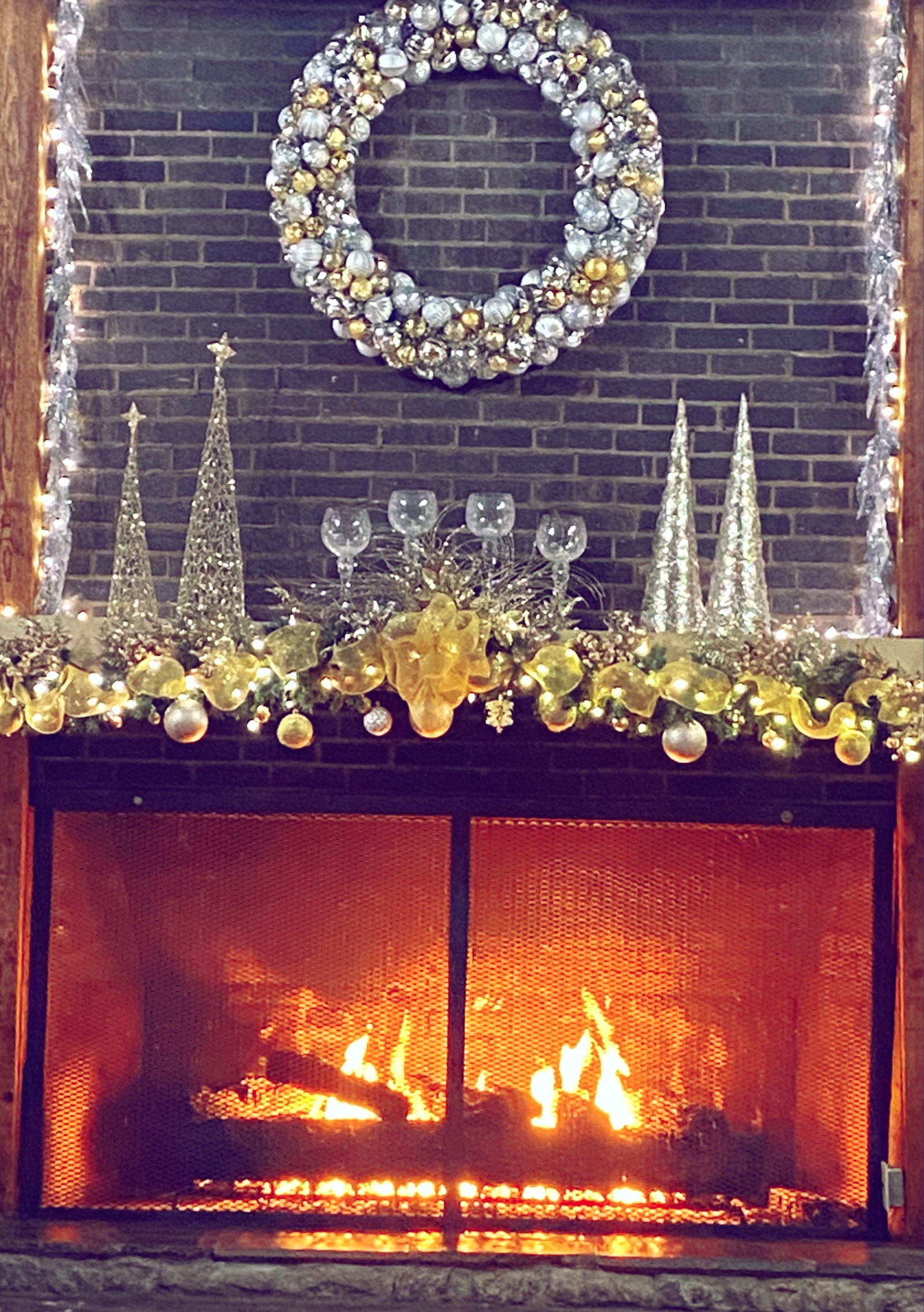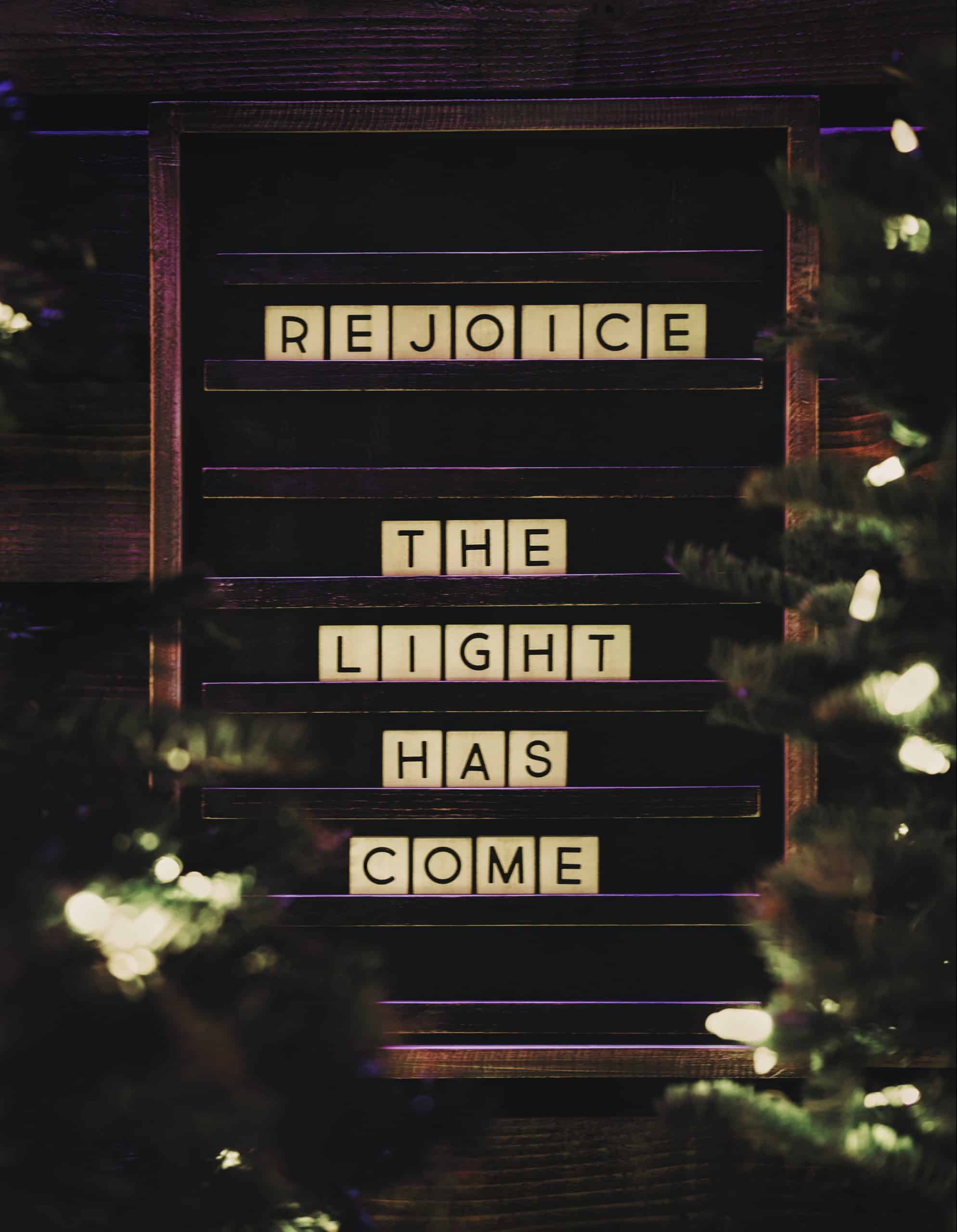By Felder Rushing
Syndicated Columnist
Want to avoid at least one of the predictable after-season let downs? Make up your mind to go the extra mile trying to keep a new holiday plant alive or treat it like a bouquet of cut roses and just toss it when the season is over and don’t look back.
I know, not supposed to write “down” things this season, and yeah, we all have hopes that our cheery holiday plants will live past winter at all, maybe even look great again someday. Though more fail than make it, some folks manage to keep flowering cacti for decades, sharing cuttings and joy all around. A few rosemary plants pruned into little cones can survive a long time. Many poinsettias and kalanchoes sprout new growth to become beautiful summer foliage plants, and a few conscientious gardeners actually pull off the bright day/long dark night treatment to get them to flower again. And Norfolk Island pines often live for a few years before sadly but eventually outgrowing our homes.
But it isn’t likely that poinsettia will ever shade the porch much less flower again without help. Just to survive, greenhouse-grown plants must outlive the transition to indoors. These beautiful flowering jewels wrapped in holiday foil are tropical jungle natives which sulk in the low light and low humidity of homes or get root rot from staying too wet or too dry for a bit too long.
I’m not trying to be a Greenery Grinch; it’s just that tropical plants need more than most of us can provide. Unlike my blue ribbon-earning African violet expert grandmother, I’m not willing to give them their simple but basic needs; my inattentive approach limits me mostly to succulents that thrive on neglect.
Add to this my university greenhouse management training and decades with the floriculture industry, learning to carefully tweak holiday plants into perfection for a short holiday sales window. In spite of our garden-loving hearts, most commercial growers treat plants essentially as fast turnaround products, similar to what short order cooks do day after day. “Two poinsettias, a wax-coasted flowering amaryllis bulb, and a cone-shaped rosemary – order up!” Then clear the benches and prepare for the next round.
Ouch. Too cynical? Okay, here is the hopeful part: To actually get a lot of those plants to thrive, understand and act on their being living, breathing creatures which, as long as they are kept indoors in pots, require artificial life support which includes dependable warmth, light, humidity, water, nutrients, pruning, and the like.

They will suffer temporarily, because they were mass produced in warm, bright greenhouses with very high humidity, which most homes lack. Expect older leaves to turn colors and shed, and do what you can to help plants sprout new growth better suited for their new less-than-ideal conditions.
Put the plants in a bright window, and make sure the leaf-drying home heating system is not blowing on them constantly (no, misting doesn’t help, at least not for more than ten or fifteen minutes). Give them water as needed, not too much at a time, not too long between soakings, and an occasional shot of houseplant fertilizer.
Bright light, humidity, and patience are the keys to survival and putting on new growth. Sooner or later that Norfolk pine will outgrow the home, and you’ll have to let it go. The Christmas cactus can be rooted from stems. The poinsettia will be a conversation starter.
May never park the car under a mimosa-size poinsettia tree like in Mexico, but just getting one to survive is a proud accomplishment, worth all the effort and hope.
Felder Rushing is a Mississippi author, columnist, and host of the “Gestalt Gardener” on MPB Think Radio. Email gardening questions to rushingfelder@yahoo.com.



















